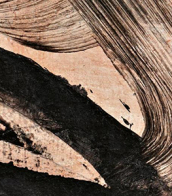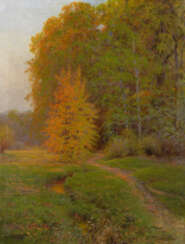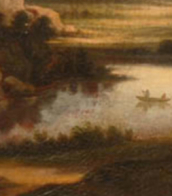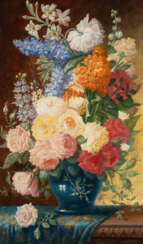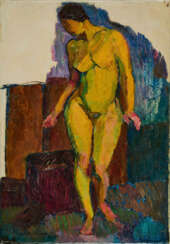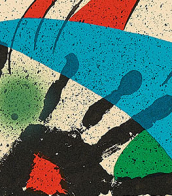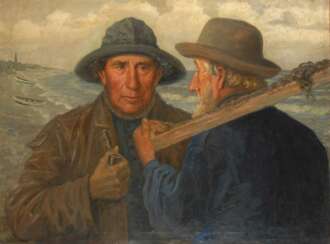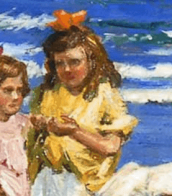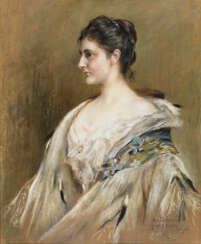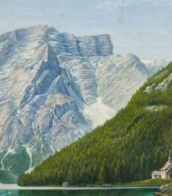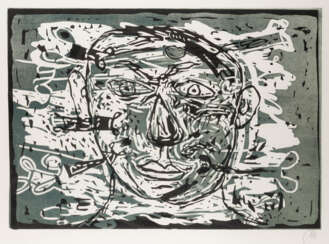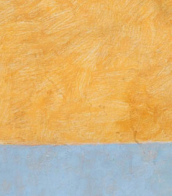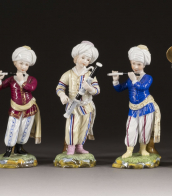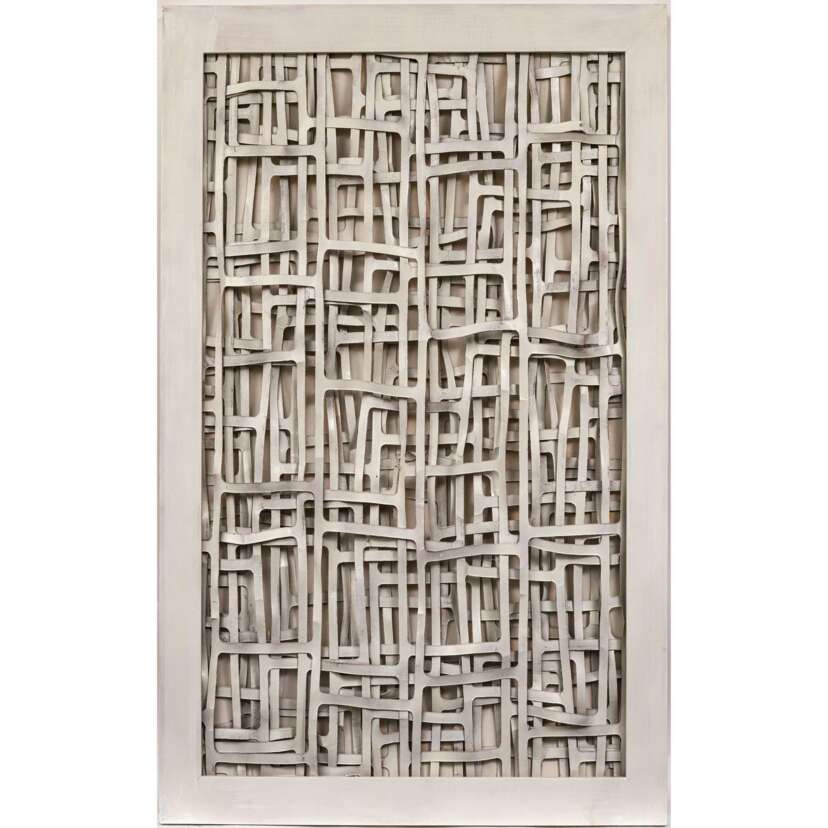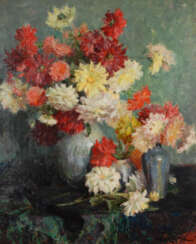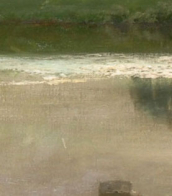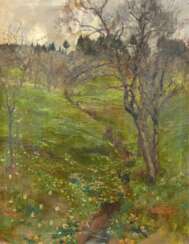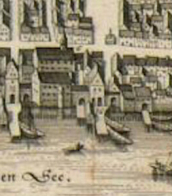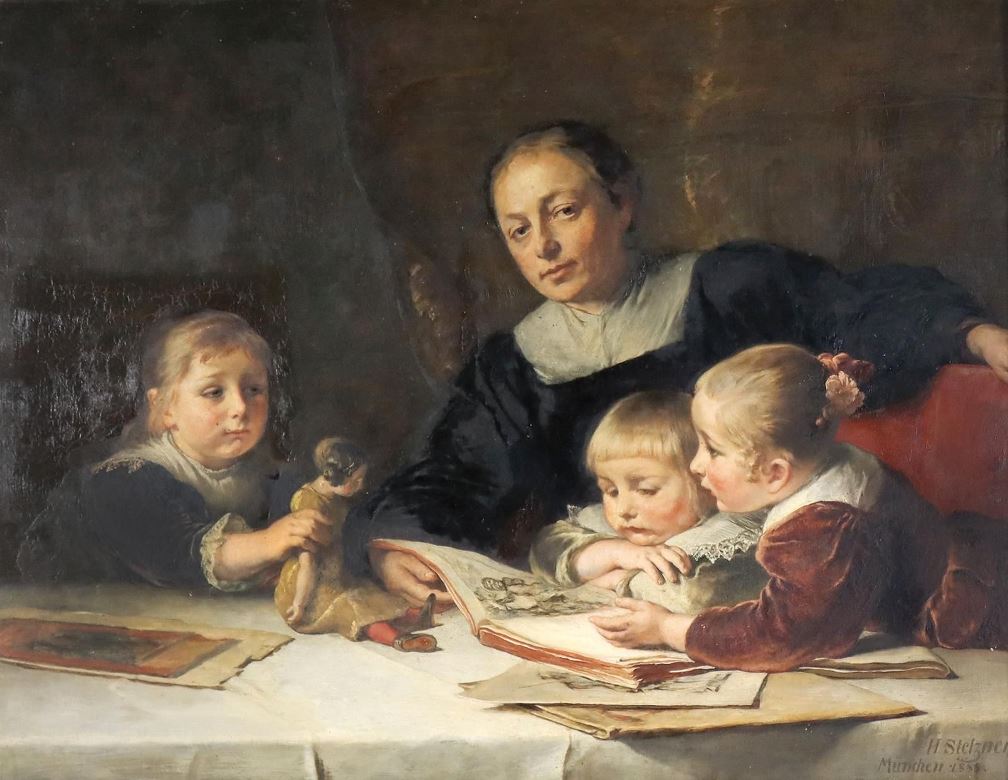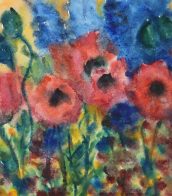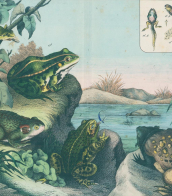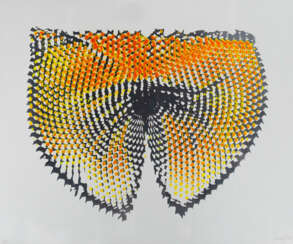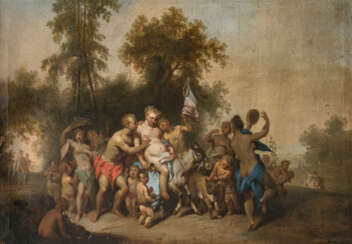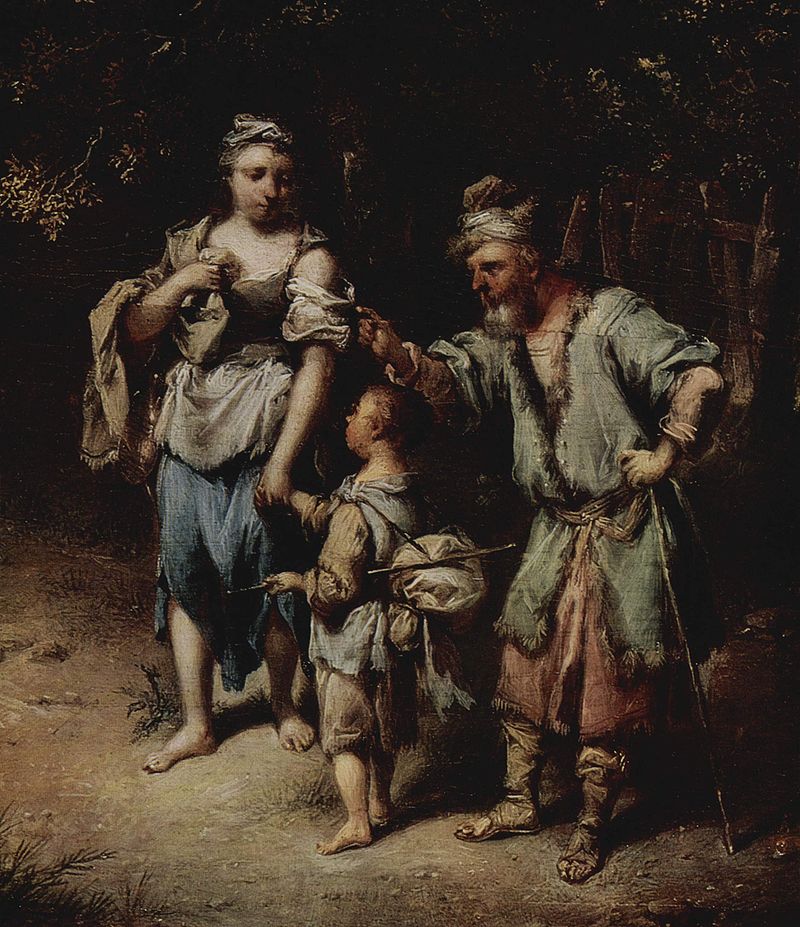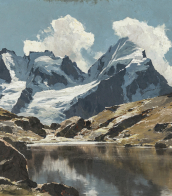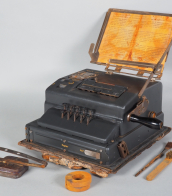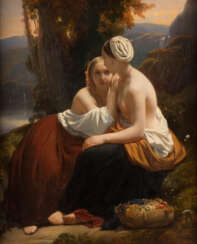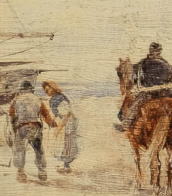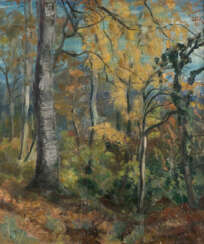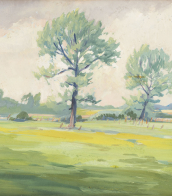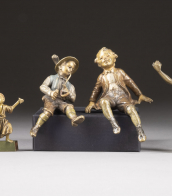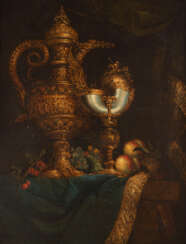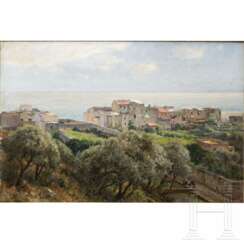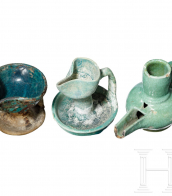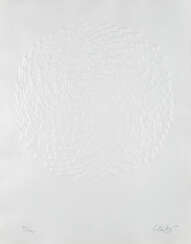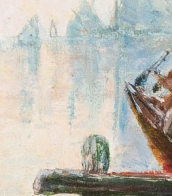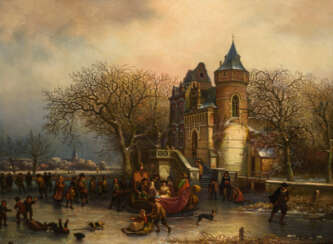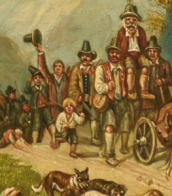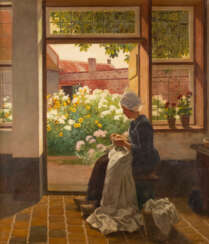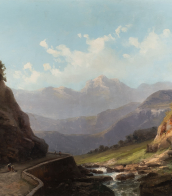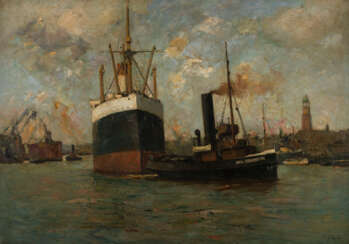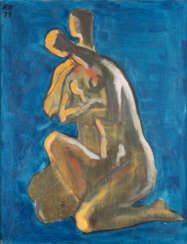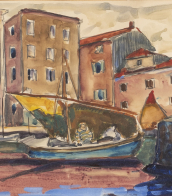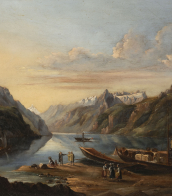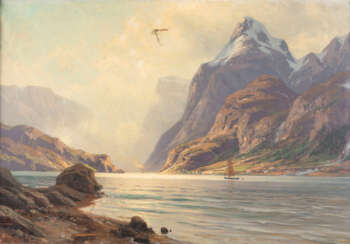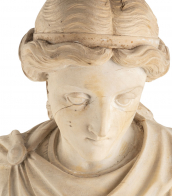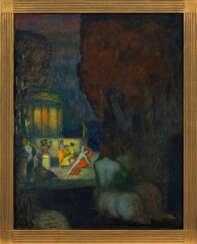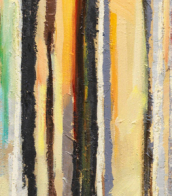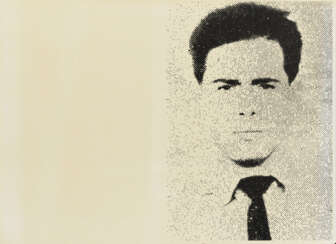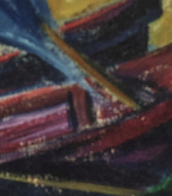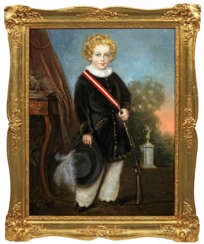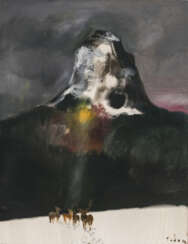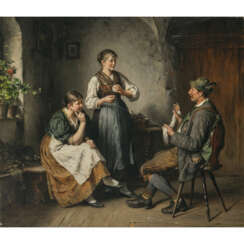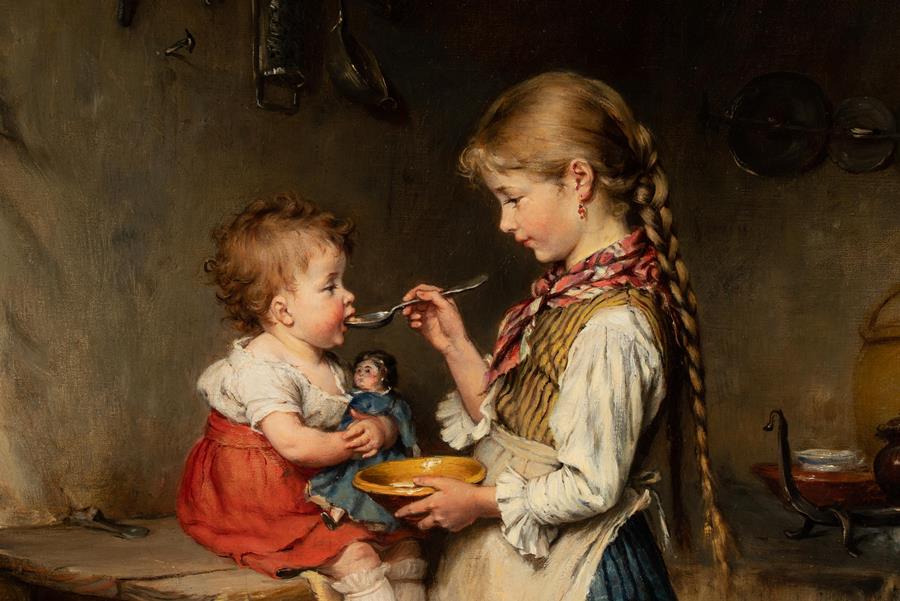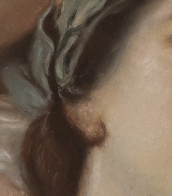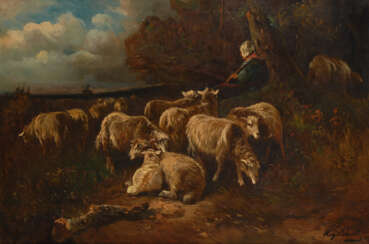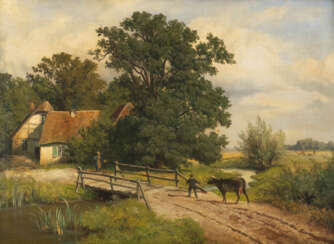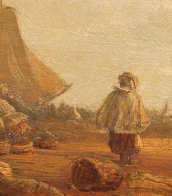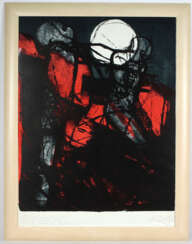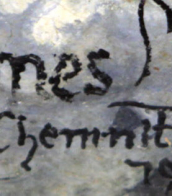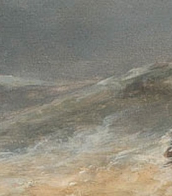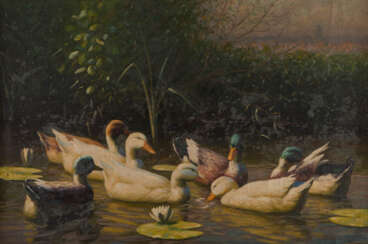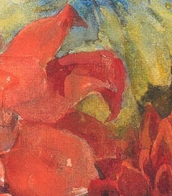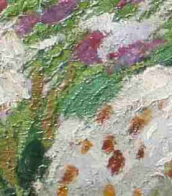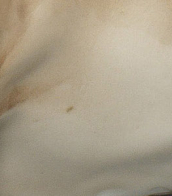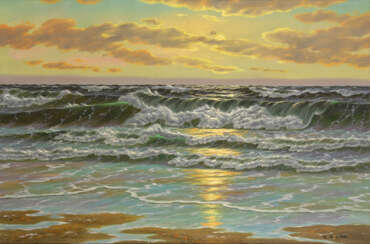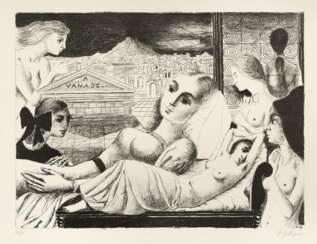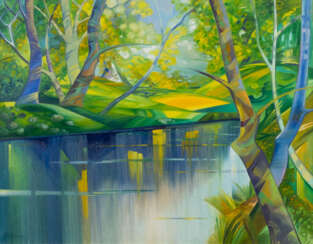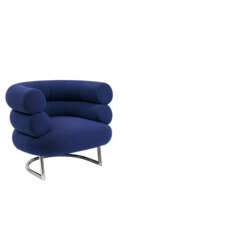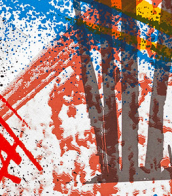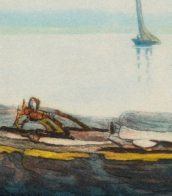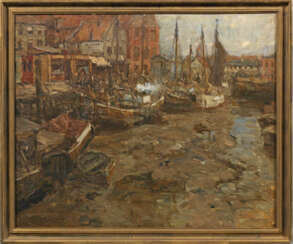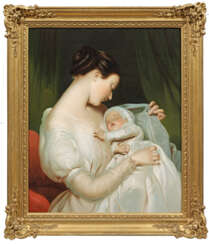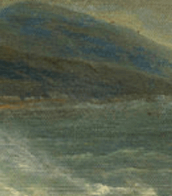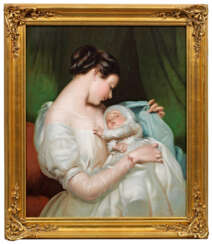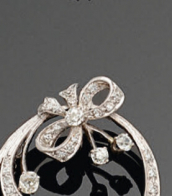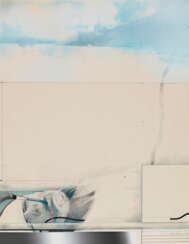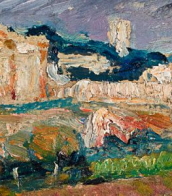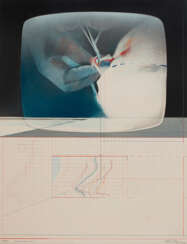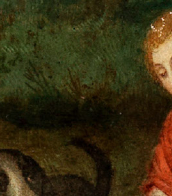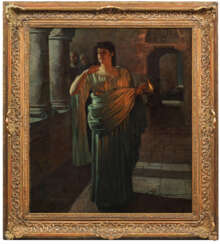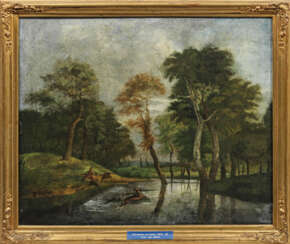rahmen (90 x 72
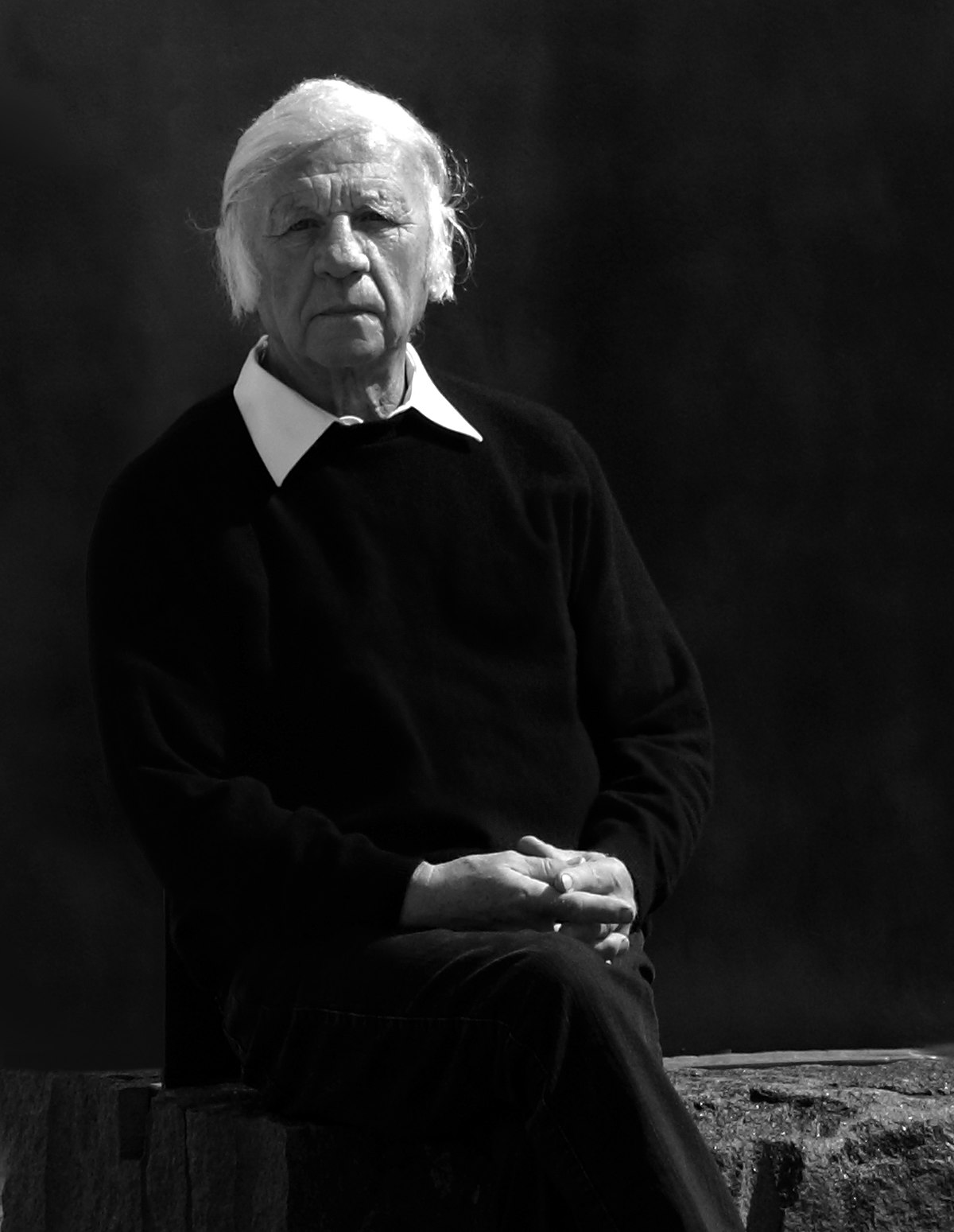
Heinz Mack is a German artist. Together with Otto Piene he founded the ZERO movement in 1957. He exhibited works at documenta in 1964 and 1977 and he represented Germany at the 1970 Venice Biennale. He is best known for his contributions to op art, light art and kinetic art.
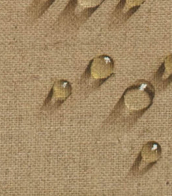

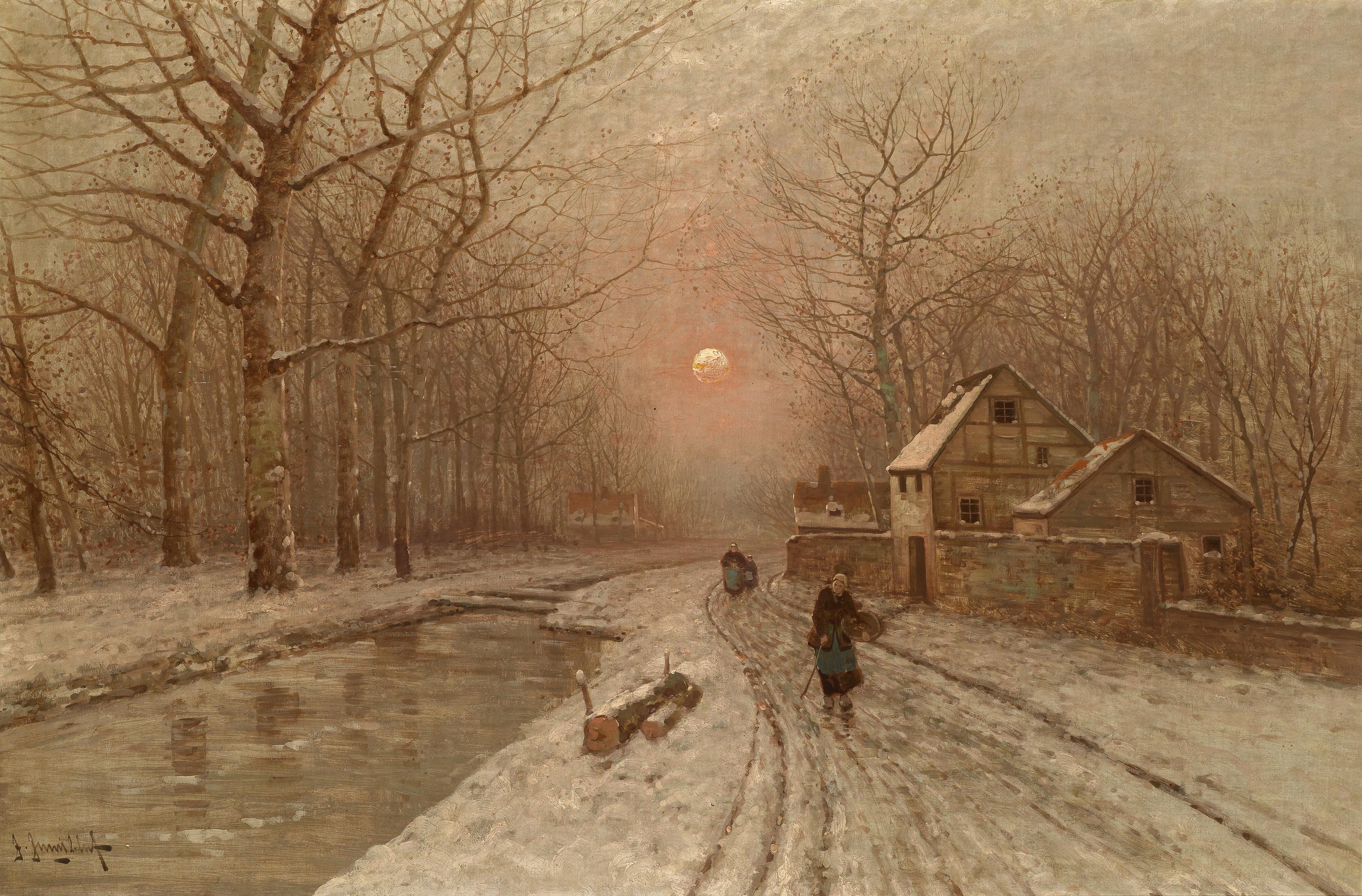
Johann Jungblut was a German impressionist painter and master of the winter landscape.
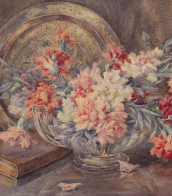

Paul Mathias Padua was a German painter. He felt committed to the tradition of Wilhelm Leibl, a realist who was highly esteemed by Adolf Hitler, and was extremely successful as an artist during the National Socialist era.
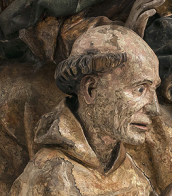
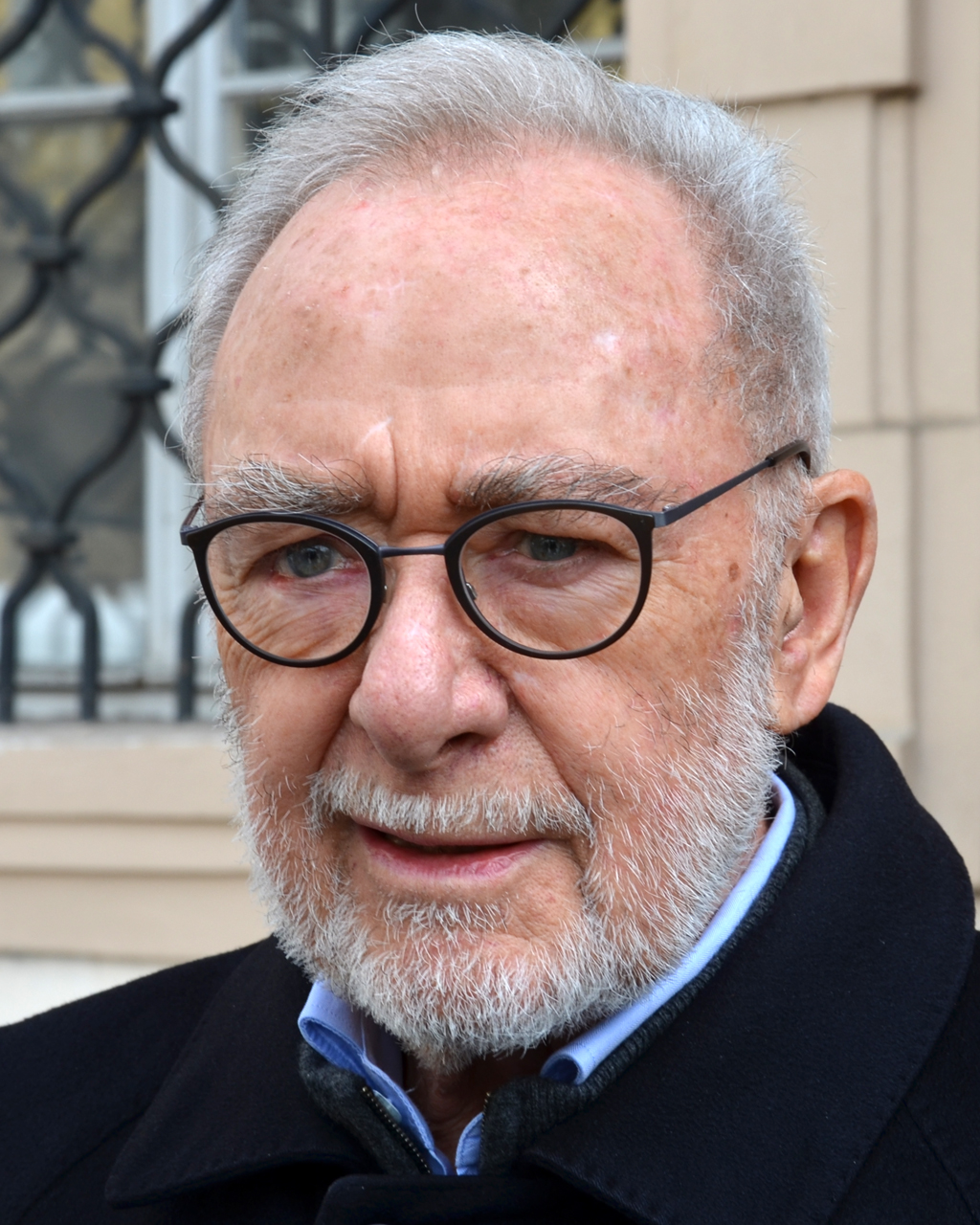
Gerhard Richter is a German visual artist. Richter has produced abstract as well as photorealistic paintings, and also photographs and glass pieces. He is widely regarded as one of the most important contemporary German artists and several of his works have set record prices at auction.
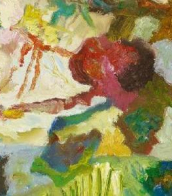
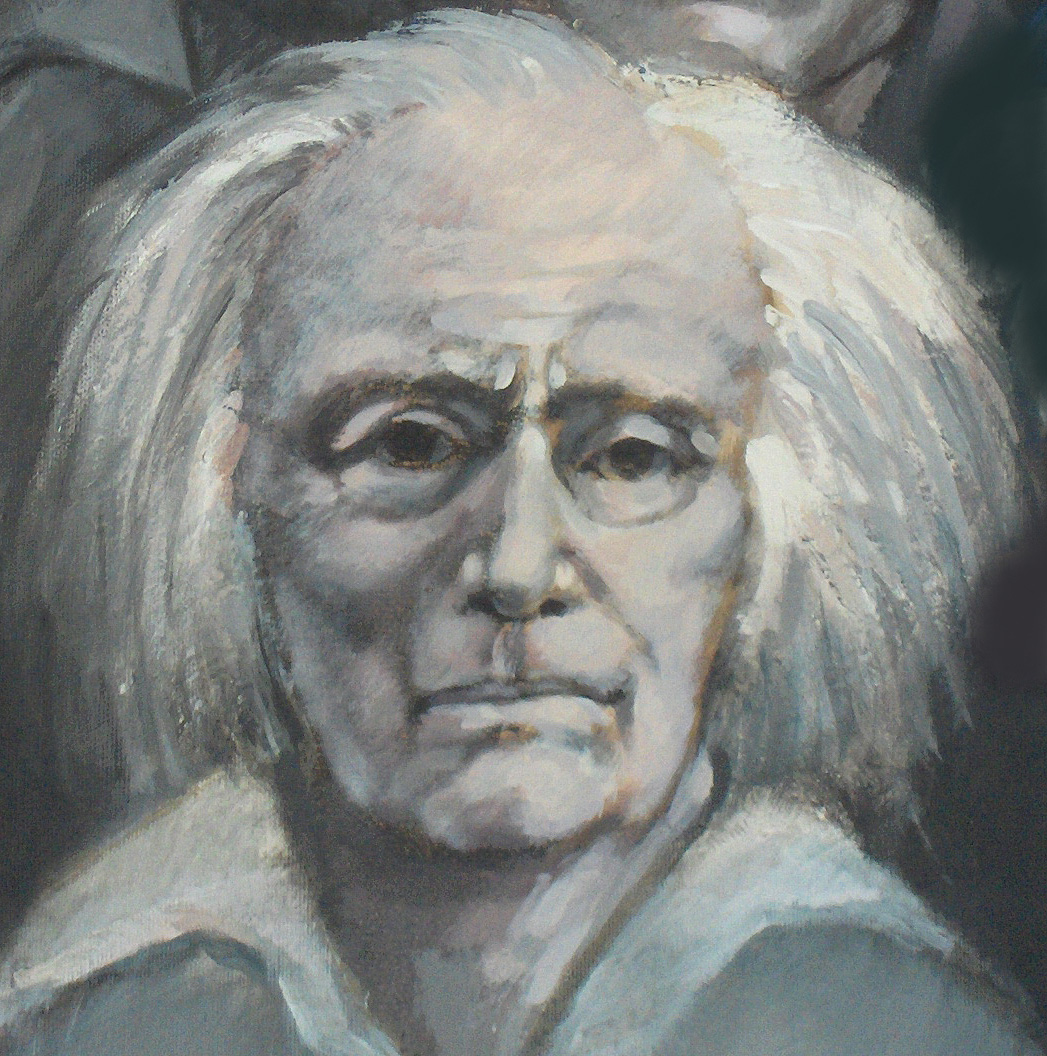
Paul Delvaux, a Belgian painter, stands out in the history of art for his dreamlike scenes that weave together elements of surrealism with classical influences. Born on September 23, 1897, Delvaux's early works were influenced by Flemish Expressionists and the palette of James Ensor, showcasing nudes in landscapes characterized by a somewhat stiff portrayal. His style evolved significantly over time, with a pivotal change around 1933 under the influence of Giorgio de Chirico's metaphysical art, leading to his hallmark style of semi-nude figures in classical ruins or dark forests.
Delvaux's unique approach to art was not confined to the traditional bounds of the Surrealist movement, despite the similarities in thematic content. His work is distinguished by the inclusion of motifs like skeletons and idealized female nudes, set against backgrounds that often feature classical architecture or eerie night scenes. This blend of motifs reflects Delvaux's lifelong fascination with themes of memory, dreams, and the subconscious, a fascination further inspired by the works of René Magritte, though Delvaux maintained a respectful but uneasy relationship with him.
Despite his influences, Delvaux was cautious about aligning too closely with any single art movement or 'ism,' including Surrealism. His visit to an exhibition of Giorgio de Chirico's work in 1926 left a lasting impression, shaping his aesthetic towards creating enigmatic landscapes filled with anachronistic elements. Yet, he kept a distance from the Surrealists, preferring to explore his unique blend of reality and fantasy.
Delvaux's artistry is also deeply personal, drawing heavily from his youth and early experiences. The impact of his childhood, including encounters with medical curiosities at the Midi Fair in Brussels and the poetry of Homer, can be seen in the recurring themes of his work. These personal motifs, alongside his sophisticated use of light and shadow, lend his paintings a poetic dimension that transcends the mere visual to evoke a deeper emotional resonance.
Paul Delvaux's contributions to art are celebrated worldwide, with his works residing in prestigious galleries, including the Tate collection, underscoring his significance in the art world. His ability to blend the surreal with the classical, the personal with the universal, has cemented his legacy as an artist who transcended the boundaries of his time to explore the endless possibilities of imagination and memory.
For collectors and art experts interested in the nuanced realms of culture, art, and the legacy of influential painters like Paul Delvaux, staying informed about new discoveries, sales, and auction events related to his work is essential. Signing up for updates can provide exclusive insights into the evolving appreciation of Delvaux's contributions to modern art.

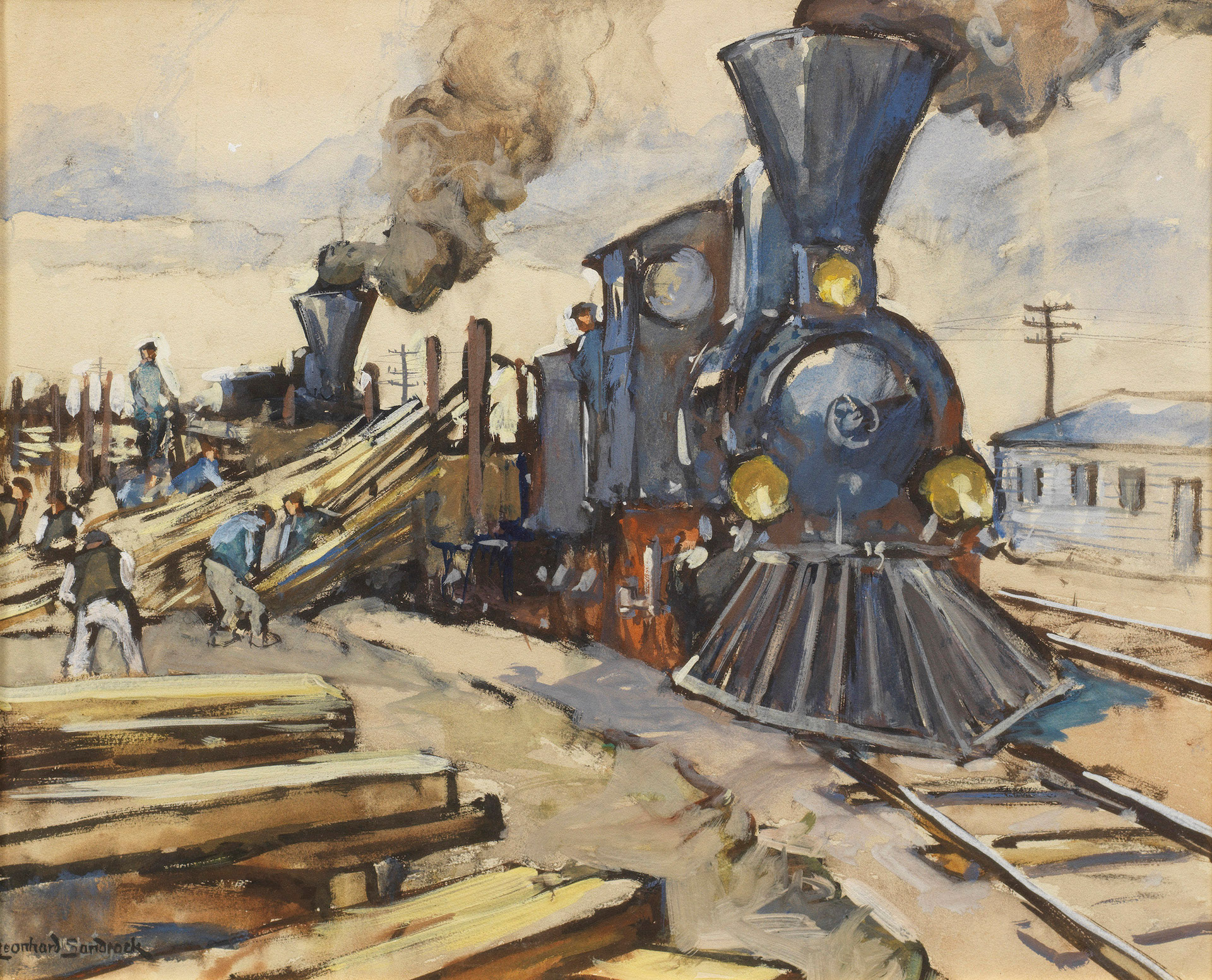
Leonhard Sandrock was a German painter and etcher.
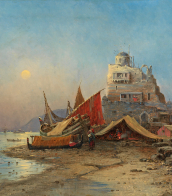
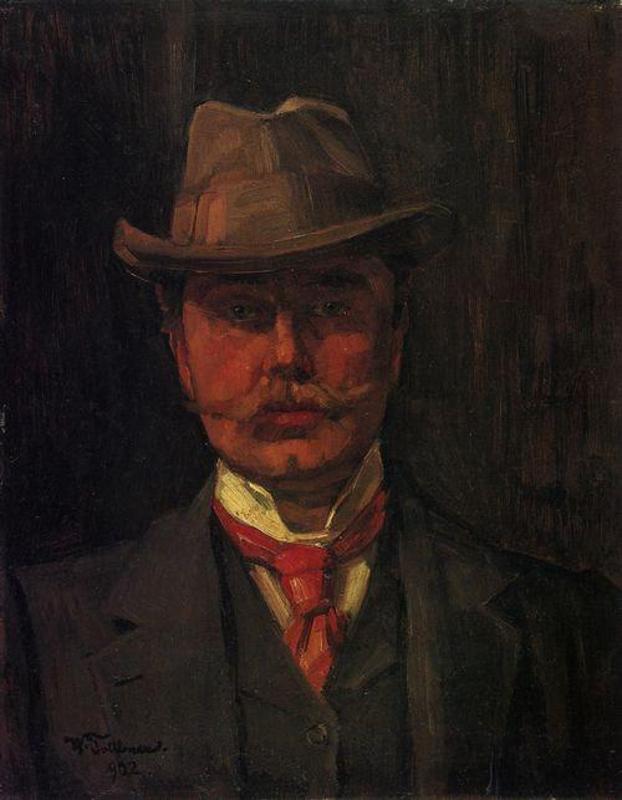
Heinrich Wilhelm Trübner was a German realist painter of the circle of Wilhelm Leibl.
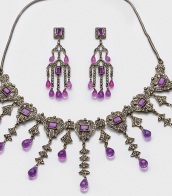

Jacob van Ruisdael, a preeminent Dutch painter, etcher, and draughtsman of the 17th century, is celebrated for his masterful landscape paintings, which significantly influenced the course of Western landscape art. Born around 1628/29 in Haarlem, Netherlands, into a family of artists, Ruisdael was an integral part of the Dutch Golden Age of painting.
Although the specifics of his training are unclear, it's believed that he was influenced by his father, uncle, and other local Haarlem landscapists like Cornelis Vroom and Allaert van Everdingen. Ruisdael's works are renowned for their dramatic depictions of Dutch landscapes, combining detailed natural observation with a monumental composition style. His paintings often feature striking forest scenes or sweeping panoramic views of cities like Haarlem.
Ruisdael's oeuvre spans a wide range, from serene forest scenes and turbulent seascapes to bustling cityscapes and desolate ruins. His handling of light and atmosphere in these settings is particularly noteworthy, adding a dramatic and emotional depth to the landscapes.
Some speculation surrounds Ruisdael's life, including the possibility of him practicing medicine in Amsterdam; however, this remains a topic of debate among historians. His travels seem to have been limited within the Netherlands and possibly to Germany, but he never visited Scandinavia, despite painting numerous Norwegian landscapes.
Today, Ruisdael's works are held in high esteem and are a part of major collections worldwide, including the National Gallery in London, the Rijksmuseum in Amsterdam, and the Hermitage Museum in St. Petersburg. Notable works include "The Jewish Cemetery," "View of Haarlem with Bleaching Grounds," and "Bentheim Castle," all showcasing his characteristic treatment of nature and light.
For art enthusiasts and collectors, Ruisdael's works offer a profound insight into the landscape painting of the Dutch Golden Age. His influence extends across various art movements and continues to be celebrated in the art world. Those interested in his work are encouraged to explore collections in renowned museums and keep informed about new sales and auction events related to Ruisdael's artworks.
For those with a keen interest in the works of Jacob van Ruisdael and the rich heritage of Dutch landscape painting, there is an exclusive opportunity to stay connected with the latest developments in this field. By subscribing to our updates, you will receive timely information on new product sales and auction events specifically related to the art of Jacob van Ruisdael. This service is particularly valuable for collectors and experts in art and antiques, offering insights into available pieces and upcoming opportunities to acquire works from this influential artist.
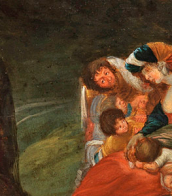
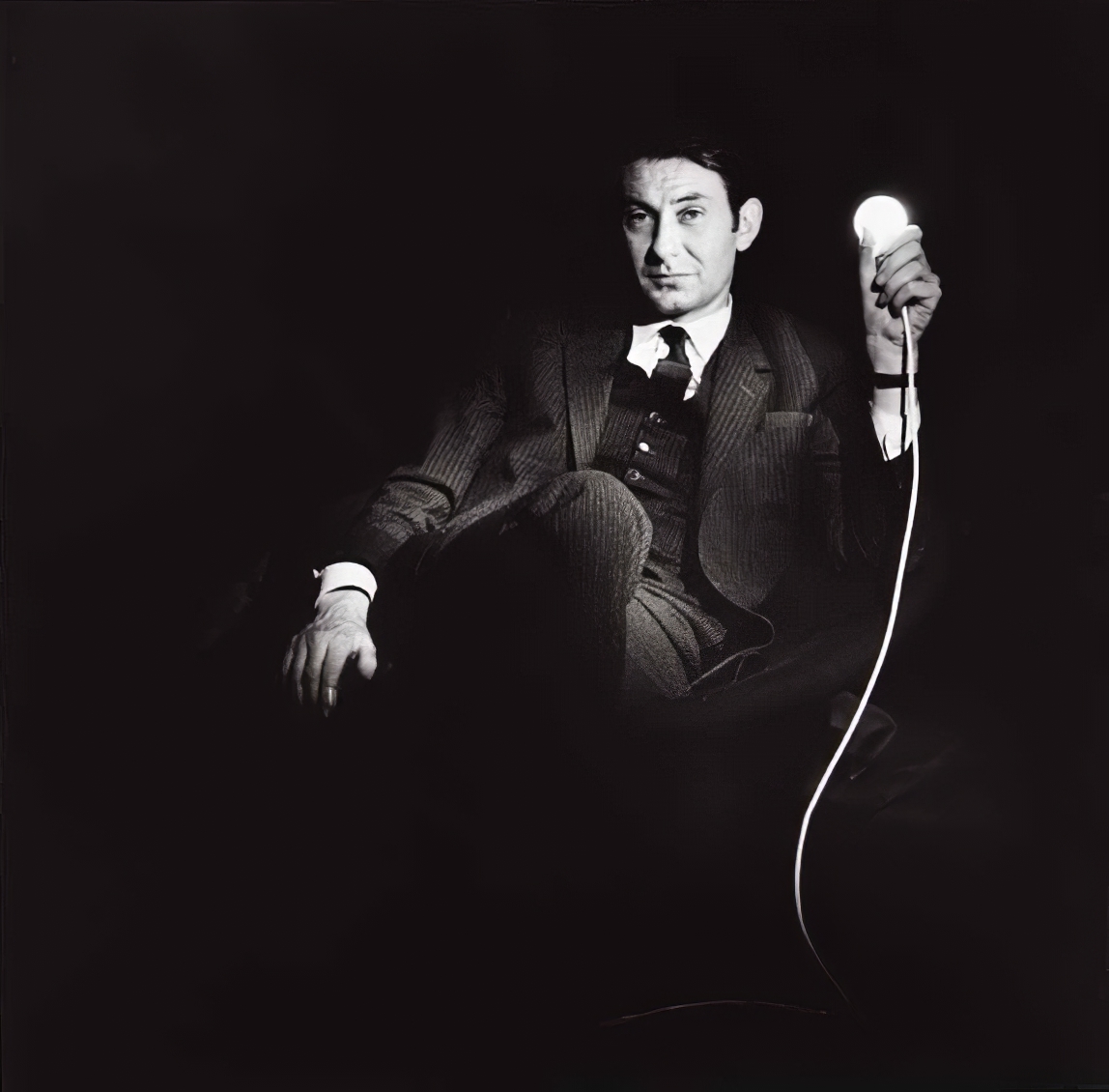
Otto Piene was a German-American artist specializing in kinetic and technology-based art, often working collaboratively.
